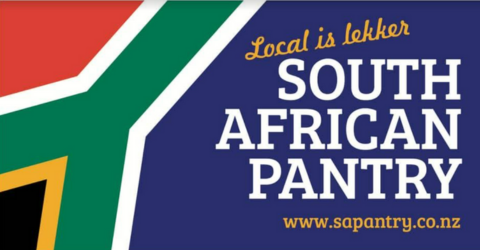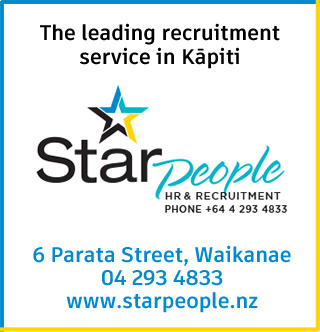The Kāpiti Community responded well to a meeting called at short notice to discuss the huge traffic delays faced by commuters on a daily basis through Kāpiti due to construction of the new Expressway.
Meeting organiser Rachel Mackay said she was pleased with the great turnout with around 50 community members, plus key stakeholders (NZTA, KCDC, GWRC, Kiwirail) and media present.
“We recieved lots of good comments and suggestions which we’ll follow up.”
Ms Mackay and Monica Turner had organised the meeting in response to huge public concern and they will post the outcomes of the meeting on the various relevant Facebook pages. “If we get technical, I might even try setting up a website,” she said.
Ms Mackay said the meeting identified 14 key areas for actions.
“The list of key actions is with NZTA, KCDC, GWRC and Kiwirail to confirm over the next week or so. Once that’s done we’ll send it out to the meeting attendees and post it here as well. We’d like to continue to give written updates on actions and then look at holding another meeting in a couple of months time. In the meantime, it’s great to see four lanes open on the Raumati Straits and night work happening on the southbound lanes.”
Raewyn Blackley from NZTA said she acknowledged the huge frustration felt by motorists during the construction. Ms Bleakley said the faster the project goes the greater the impacts but NZTA will take away several suggestions from the meeting that may provide more mitigation measures.
Neil Walker, State HWY manager for NZTA said $1.8billion was being spent between Ōtaki and Wellington and there are 90,000 vehicles a day on the road. He said NZTA was looking for more innovative ways to alleviate some of the frustrations experienced by motorists.
Alan Orange, project manager for M2PP, is a Waikanae resident who said he heard first hand many issues raised by road users and his team were undertaking as much night work as possible.
“After June we will have two lanes open at peak times for north and south. May will be the next pain point and we are looking at ideas to minimise the work impact,” said Mr Orange.
Paul Swain and Angus Gabara of Greater Wellington and Rob Gordon of Kiwirail were encouraging the use of public transport but acknowledged this was not the solution for everyone.
Cr Swain said the trains still had capacity for more commuters and the Greater Wellington Car pooling scheme had been very popular and could take a lot of traffic off the roads at peaking time if more people used it. Details of the scheme are available at www.gw.govt.nz and Ms Bleakley said about 70 percent of all traffic involves a single occupier vehicle.
Many of the suggestions from the public were sympathetically heard by the speakers, including an option to close the Paekākāariki Hill Road during peak times.
Ms Mackay said the meeting had achieved its aim of getting the message about the traffic congestion across as well as offering several solutions.
“We can now look forward to some action plans from those invited to hear the community’s views.”

























